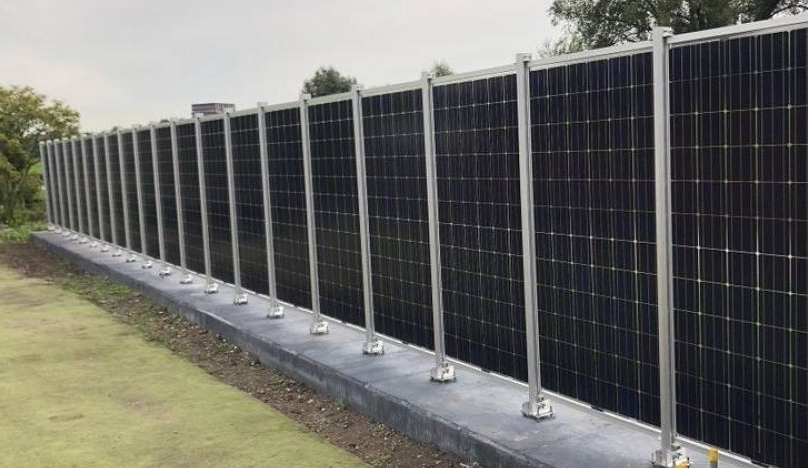As solar panel prices plummet, Europeans are turning their garden fences into sources of clean energy. Here’s how a market flooded with affordable tech is sparking a green revolution in household energy.
Others are reading now
Gone are the days when solar panels were just a rooftop luxury. In a fascinating turn of events, Europeans are now outfitting their garden fences with solar panels, capitalizing on their plummeting costs.
This trend isn’t just a quirky home improvement hack; it’s a significant marker of how renewable energy is becoming more accessible than ever.
A Solar Surge in the Backyard
The heart of this solar revolution beats in the overproduction of solar panels, primarily in China. This surge has pushed production costs down to just over 100 euros per kW, making solar energy an incredibly attractive option for many.
According to the Financial Times, the global production of solar panels is set to reach 1,100 gigawatts—three times the demand forecasted by the International Energy Agency.
Also read
“Why build a fence out of anything else when you can use solar panels, even if they’re not perfectly aligned with the sun?” remarks Martin Brough, head of climate research at BNP Paribas Exane, in a conversation with FT.
While it’s true that solar panels capture less sunlight when positioned vertically, like on a fence, than when they are inclined on a roof, the installation costs are lower, and their efficiency increases in winter, when the sun is lower in the northern hemisphere sky.
The Economics of Sunlight
Jenny Chase, a principal solar analyst at BloombergNEF, points out that the cost of installing rooftop solar—labor, scaffolding—constitutes the bulk of expenses for households.
“Solar panels are becoming so cheap we’re starting to put them everywhere,” Chase says.
This shift towards more unconventional installations like garden fences reflects both the growing affordability and the innovative application of solar technology in everyday life.
Network Challenges and Policy Responses
However, the move towards widespread solar adoption isn’t without its hurdles. The capability of power grids to handle additional, variable output is a concern across many countries. Investments in infrastructure are crucial, as the wait for panels to be connected to electric grids tests the patience of both the industry and households.
In response to these challenges, the European Commission is taking steps to assess the impact of low-priced solar panels from China and to subsidize the European industry, which is at risk of being undercut by these prices. Bloomberg reports that the price of a solar panel has dropped to just 11 cents per watt (102 euros/kW), with expectations for further decreases. However, below 15 cents per watt, many companies claim they cannot sustain investments in European production capacities.
A Green Light for Renewable Energy
This trend towards integrating solar panels into every available space, from roofs to garden fences, signals a broader shift towards renewable energy adoption. As solar technology becomes increasingly affordable and policies adapt to support infrastructure and industry, the vision of a greener, more sustainable future becomes not just plausible but practical.
Europeans installing solar panels on their garden fences are not just saving on their electricity bills; they’re part of a larger movement towards energy independence and sustainability. As the cost barrier continues to lower, the question for many is not if they’ll join the solar trend, but when.


